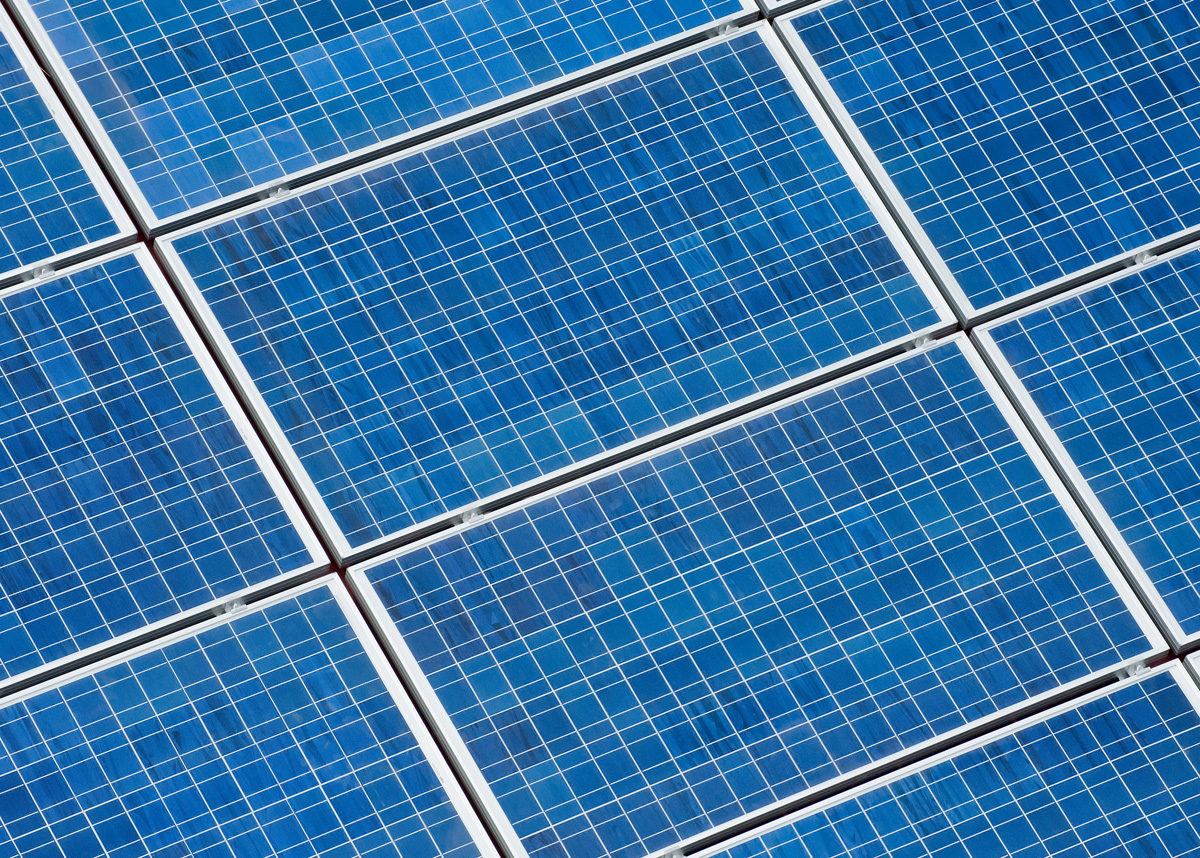A research team at the Iran University of Science and Technology has used the Stackelberg leadership model – a strategic game used in economics – to determine whether the establishment of a closed-loop solar module supply chain could include panel refurbishing to feed used devices back into the supply chain. The study also looked at the role and impact of the government in the creation of such a manufacturing model.
The Stackelberg model is non-cooperative game based on imperfect economic competition, which involves players with asymmetric roles – a leader, or a few leaders, and one or more followers. In this scheme, the best decisions are those made by the leaders, as they can choose a strategy first, while the followers can only optimally react to the leader's decision with the knowledge of the strategy. The leaders have the advantage of anticipating the prices set by all the other followers and setting their own prices based on this information.
Game rules
The game set up by the Iranian scientists involves a manufacturer and a PV system provider as leaders and what they call a third-party logistics (3PL) entity, responsible for collecting used solar panels and reintroducing them back into the supply chain, as a follower. The players act under the presence of a government.
“In this model, the demand function of new solar cells depends on solar system price, solar cell efficiency, and return price,” the researchers explained.
The proposed supply chain is limited to dye-sensitized and perovskite modules, two products that have seen limited industrial development to date. The manufacturer and the PV systems supplier are those making the best decisions in any given scenario, as they can determine the efficiency and prices of their products to maximize profits.
Government support
In the proposed game, the government subsidizes the supply chain by supporting the manufacturer and the panel recycler in particular. As a result, the subsidies help the manufacturer reduce its production costs. Under government intervention, however, final prices of PV systems are higher than those of a scenario in which no subsidies are granted, the researchers said.
By contrast, the efficiency of the products is expected to be higher with government support. Public subsidies, the research group explained, have the undesired effect of pushing the panel recycler to collect more used solar panels than what is required by the supply chain.
Cooperation
The researchers stated their model showed that the best way to set up a similar supply chain is encouraging cooperation between the three players, which can occur only if public subsidies are given, as the costs of module collection and production, as well as R&D expenses, are shared between the players and the government.
Such systems probably can't be applied in real production, at least under current market conditions. But a similar system would facilitate the improvement of module recycling, as the 3PL would pay a fee to PV system owners to return the modules at the end of their life cycles. Without government support, the proposed supply chain would simply not be possible, the academics concluded.
They presented their findings in A game theoretic incentive model for closed-loop solar cell supply chain by considering government role, published in Energy Sources.
Sustainability in solar and storage
A year ago, pv magazine launched the UP sustainability initiative. Our goal is to dive deep into the topic of what it means to be truly sustainable, looking at what is already being done and discussing areas for improvement. In addition to quarterly themes on issues including lead in solar and green finance, we have looked at biodiversity, sustainable flying and raw material sourcing in batteries. Read more, stay tuned and get involved! Check out our quarterly themes and UP coverage to date.
This content is protected by copyright and may not be reused. If you want to cooperate with us and would like to reuse some of our content, please contact: editors@pv-magazine.com.




By submitting this form you agree to pv magazine using your data for the purposes of publishing your comment.
Your personal data will only be disclosed or otherwise transmitted to third parties for the purposes of spam filtering or if this is necessary for technical maintenance of the website. Any other transfer to third parties will not take place unless this is justified on the basis of applicable data protection regulations or if pv magazine is legally obliged to do so.
You may revoke this consent at any time with effect for the future, in which case your personal data will be deleted immediately. Otherwise, your data will be deleted if pv magazine has processed your request or the purpose of data storage is fulfilled.
Further information on data privacy can be found in our Data Protection Policy.